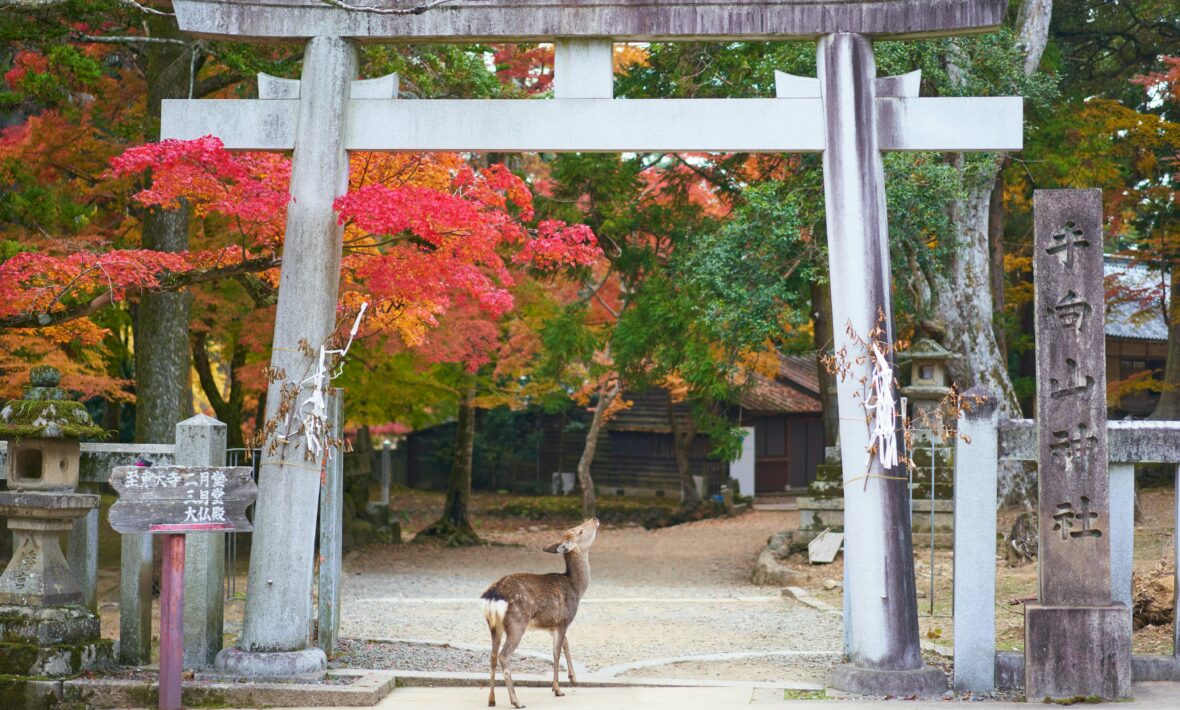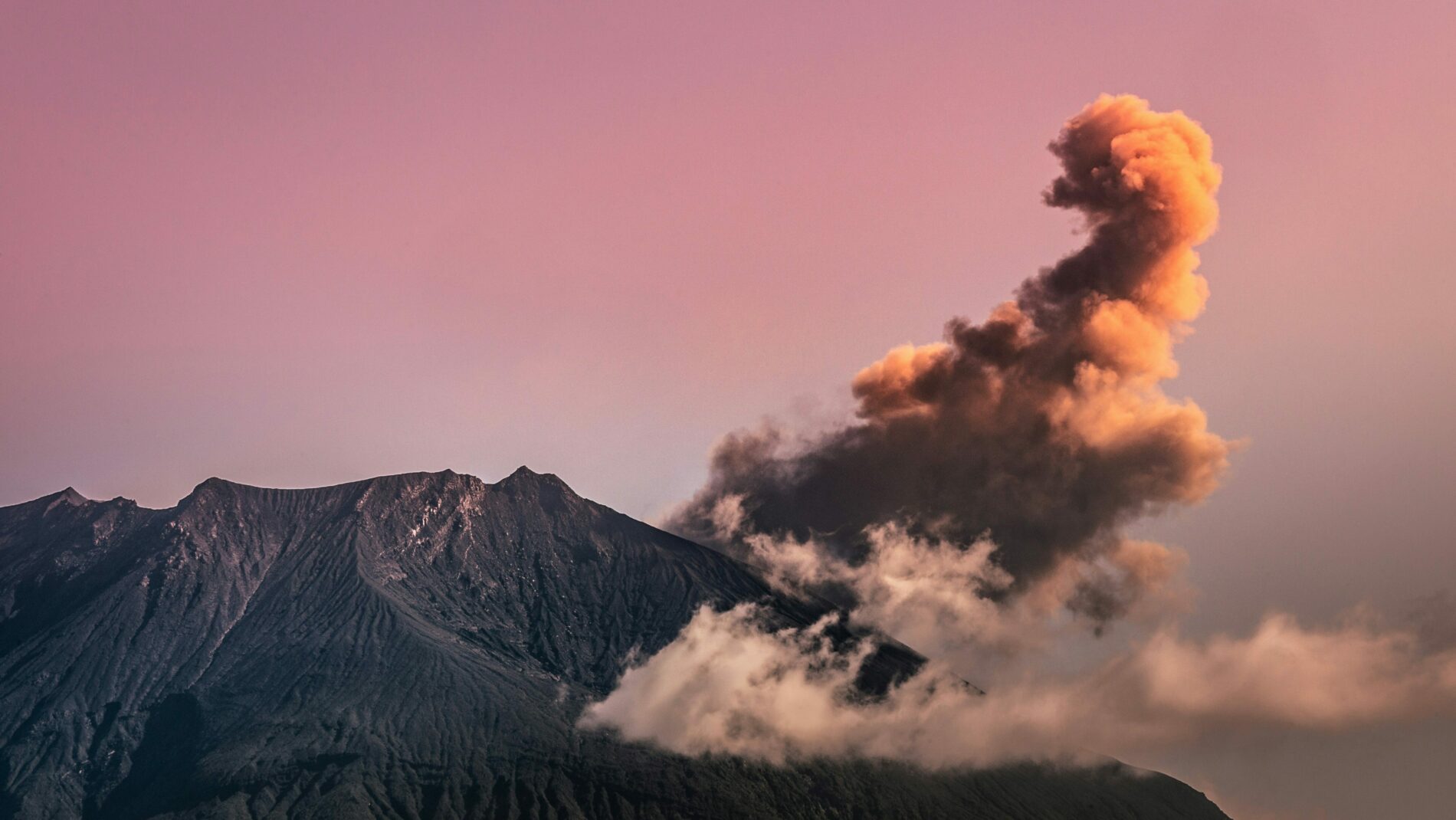
Amazing cuisine and an intriguing culture. Good people, better critters. Samurai swords and robot waiters. Gentle sand dunes with snow-capped mountains. There are not enough words to fully capture the wonder that is Japan. Additionally, since Japan is a place that everyone wants to visit, we’ve put together a brief guide with the top 18 locations.
1. Kyoto
Welcome to Japan’s liveliest city. You’re going to wish you had a stronger appetite after tasting the street cuisine here, so I hope you arrived with one. Visit the Dontonbori for a culinary and visual feast. See the recognizable Universal Studios as well as important historical sites like Osaka Castle. It is impossible to grow bored in Osaka.
Kyoto, the former capital of Japan, has long been a well-liked travel destination, but it is currently resisting overtourism.
Due to concerns about misbehaving tourists, the city has announced that it is blocking off a few private property passageways in its well-known geisha area.
Isokazu Ota, a district official in the area, reports that visitors frequently follow tour guides around the small, charming streets of the Gion district.
He said to news agency The Associated Press, “We are going to put up signs that tell tourists to stay out of our private streets in April.”
The text on the sign will say, “This is a private road, so you are not allowed to drive through it,” in both Japanese and English.
2. Tokyo
The vibrant metropolis of Japan is a place of breathtaking contrasts (and the ideal blend of modernity and heritage). In this metropolis, century-old temples may be easily walked alongside tall skyscrapers. Additionally, it’s where you may slurp a bowl of delectable ramen that a robot has brought to you. Take a look at the Shibuya crossing, see the Tokyo Tower, or curl up at a charming kitty cafe. In either case, you will be enthralled with this metropolis.
After the pandemic, Japan just reopened its borders to outside tourism a year ago. However, the resurgence in tourism has been unexpected, paving the door for a possibly historic year in 2024.
According to seasoned tour operator Itsuo Okada, well known as Samurai Joe, “there was no bigger crisis in Japanese tourism than the pandemic.”
At ninety-four, Okada has witnessed everything, including pandemics, recessions, natural calamities, and World War II. Travel has always come back. However, Okada claims he was taken aback by how quickly the healing went this time. It appeared as though a light switch had been flicked on.
“We’re very happy to have visitors back,” adds the man.
One of the travel industry’s most surprising tales of 2023 is the return of tourism to Japan. Considering how long the shutdown has lasted and how far away Japan is from some of its target international markets—like the US—a 14-hour journey from New York to Tokyo—it’s astounding.
3. Nara
You should practice your bows more! Ancient temples like Todai-ji, with its enormous Buddha statue, may be found in Nara. However, friendly deer that bow down before taking food from you can also be found there. Naturally, deer are also friendly in Japan. Nara’s natural beauty and rich history will enthrall you.
5. Hiroshima
Would you like to see a city’s sign of resilience? Greetings from Hiroshima. Explore the Peace Memorial Park and Museum, which are moving reminders of the history of the city and the reasons that world peace is necessary. Even the Atomic Bomb Dome, which was constructed on the precise location of the 1945 atomic bomb drop, is open for tours. It’s also worthwhile to visit the Hiroshima Castle, which was reconstructed following the tragedy.
6. Mount Fuji
To be honest, this doesn’t require any explanation. A UNESCO World Heritage Site, the famous Mount Fuji is a representation of both spiritual and natural splendor. You can also hike up the mountain! Remember to take in this mountain’s amazing vista from the Shinkansen (bullet train). Pro tip: Take a seat on your right side!
Hikers wishing to ascend one of Mount Fuji’s famous trails will have to pay starting this summer.
Due to its convenient accessibility from Tokyo and the abundance of mountain huts along the way that provide lodging and food, the Yoshida trail is the most popular ascent.
The Yamanashi prefectural administration of Japan, which is in charge of hiking at the UNESCO World Heritage site, has decided that the toll must be implemented in order to safeguard the ecosystem.
7. Kagoshima
This island along the sea is called Kyushu Island in Japan. Sakurajima, an active volcano, and fantastic hot springs are located nearby. Oh, and you will adore Kagoshima if you are interested in Samurai culture. All the juicy details you might ever want to know are available at The Museum of Birthplace of the Meiji Restoration.
8. Hakone
Do you want to relax your aching muscles from travel? You must be having a lucky day! For its hot springs, breathtaking views of Mount Fuji, and the ropeway for your ski experience, Hakone is a must-visit destination. However, it doesn’t stop there. If you enjoy art, one of the greatest destinations to travel to in Japan is Hakone. Situated in the heart of a gorgeous landscape, the Hakone Open-Air Museum features works of contemporary art. How delightful!
9. Kanazawa
thoughtfully designed gardens. Traditional crafts. rich past. Kanazawa has a lot to unravel. Furthermore, we heartily advise beginning at the famed Kenroku-en garden. The breathtaking sight of delicate pink and white trees bending over a bridge can be experienced if you’re fortunate enough to be there during cherry blossom season! Apart from that, Kanazawa is Japan’s center for traditional crafts including ceramics and gold leaf manufacture.
Fluttering beats in mysterious time signatures shake the century-old rafters of In Kanazawa House as the sound of drumming reaches a fever pitch. Two geishas, or geikos as they are called in this city, are performing in front of me on stage. One is playing the taiko drum, while the other is singing and playing a shamisen, which is similar to a banjo.
This dynamic hasn’t changed since the 17th century, when money passed through Kanazawa, the powerful Maeda clan’s home. Geikos were hired for amusement, and samurai for defense. The districts that are historically significant to them have been exquisitely maintained. Kanazawa is a city that rivals Kyoto in terms of its ability to capture the essence of picture book Japan. The beautiful park of ponds, bridges, and teahouses behind Kanazawa Castle, near the In Kanazawa cultural center, Kenroku-en, epitomizes the beauty of the Edo era, which influenced Japan from the 17th to the 19th century.
Warm applause ends the song, and an anxious atmosphere takes its place as the stage announces, “Who’d like to play the drum?” I stutter to the platform and raise my hand, unable to bear the awkward quiet, while frantically attempting to recall the intricate rhythms of the percussion. Luckily, the geikos are forgiving of me; they show me how to play a basic rhythm in regular time, give me a mallet, and invite me to participate.
10. Koyasan (Mount Koya)
Mt Koya is the best place to visit in Japan if you’re interested in its spiritual side. This sacred mountain is a retreat and centre of Shingon Buddhism. You’ll find ancient temples, serene forests, and even the atmospheric Okunoin cemetery here. It’s like you’re living in a scene straight outta ‘Spirited Away’. You can even join a morning Buddhist service here on our Japan Unrivalled trip.
Mount Koya (高野山, Kōyasan) is the home of Shingon Buddhism, a prominent Buddhist sect brought to Japan in 805 by one of Japan’s most notable religious luminaries, Kobo Daishi (also called Kukai). Built by Kobo Daishi on the forested peak of Koyasan, the sect’s headquarters has given rise to a small, remote temple village. It is both the beginning and finish line of the Shikoku 88 Temple Pilgrimage, as well as the location of Kobo Daishi’s mausoleum.
In 826, Kobo Daishi started building the first Garan temple complex after years of traveling the nation in quest of a suitable location for the center of his faith. Since then, more than a hundred temples have appeared all throughout Koyasan’s streets. The two most significant are Okunoin, which houses Kobo Daishi’s mausoleum, and Kongobuji, the principal Shingon Buddhist temple.
In addition, Koyasan is among the greatest locations for an overnight stay at a temple lodge (shukubo), where you can partake in the morning prayers and sample vegetarian monk cuisine (shojin ryori). This service is provided by about fifty temples to both pilgrims and guests.



